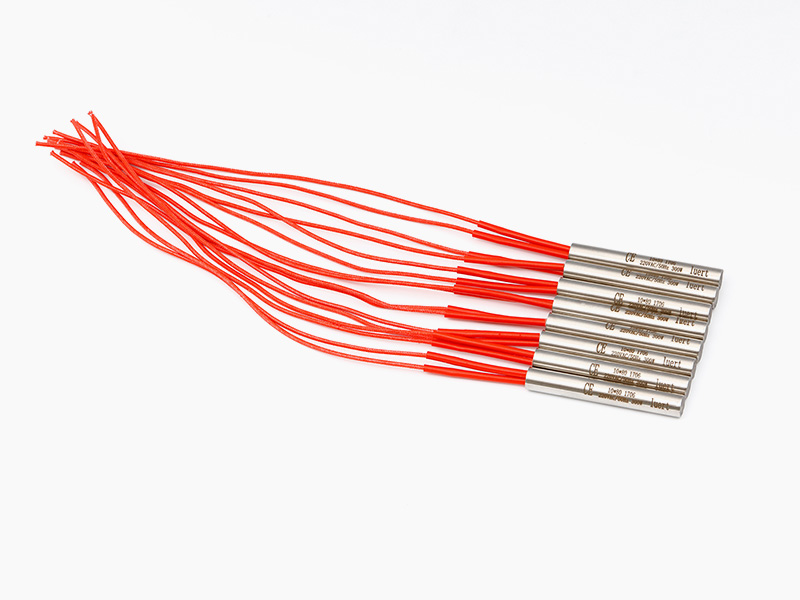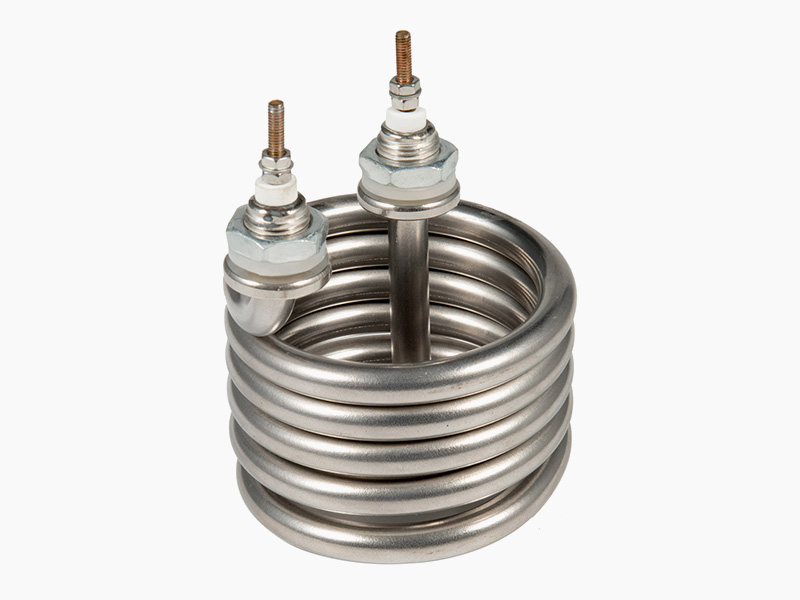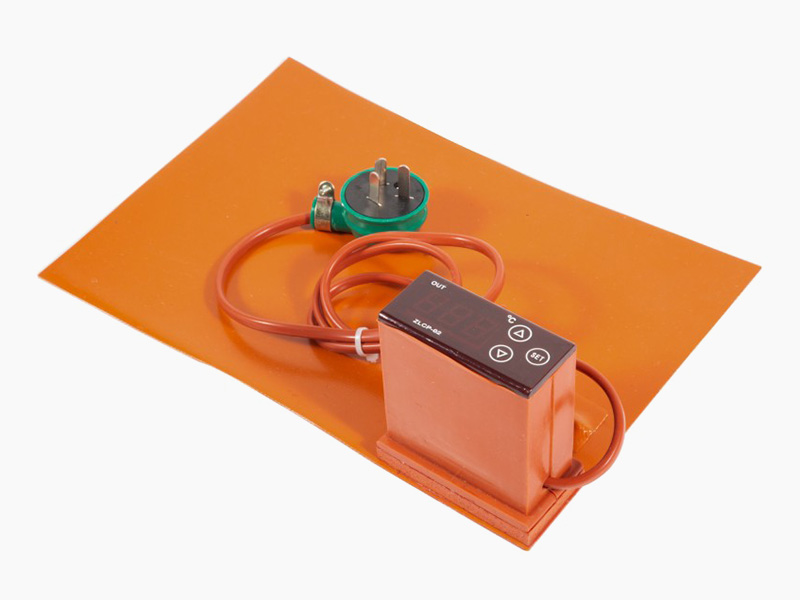-
 Cartridge Heaters Cartridge Heaters
Cartridge Heaters Cartridge Heaters -
 Cartridge Heaters Cartridge Heaters
Cartridge Heaters Cartridge Heaters -
 Tubular Heaters Tubular Heaters
Tubular Heaters Tubular Heaters -
 Tubular Heaters Tubular Heaters
Tubular Heaters Tubular Heaters -
 Tubular Heaters Tubular Heaters
Tubular Heaters Tubular Heaters -
 Silicone Rubber Heaters Silicone Rubber Heaters
Silicone Rubber Heaters Silicone Rubber Heaters -
 Silicone Rubber Heaters Silicone Rubber Heaters
Silicone Rubber Heaters Silicone Rubber Heaters -
 Silicone Rubber Heaters Silicone Rubber Heaters
Silicone Rubber Heaters Silicone Rubber Heaters
Copy All Right © 2025 Yancheng Yuheng Electric Heating Technology Co., Ltd.


 русск
русск Español
Español